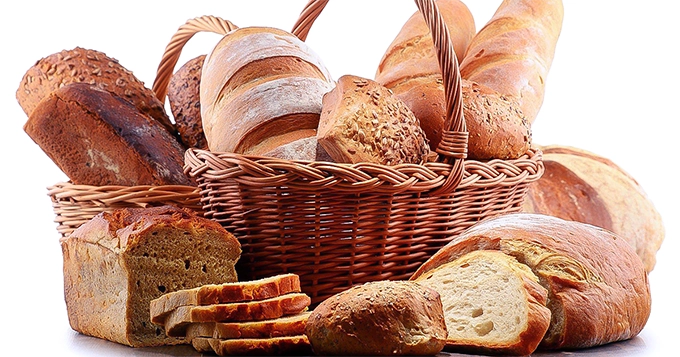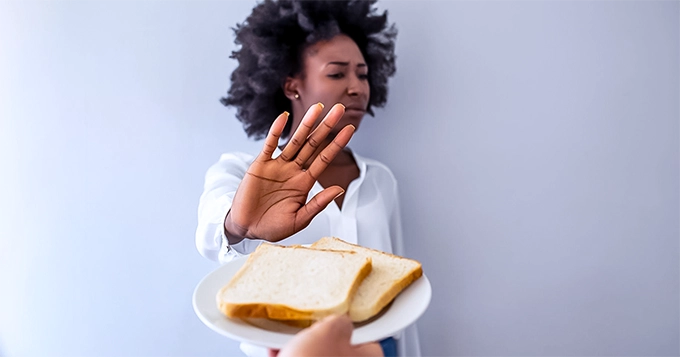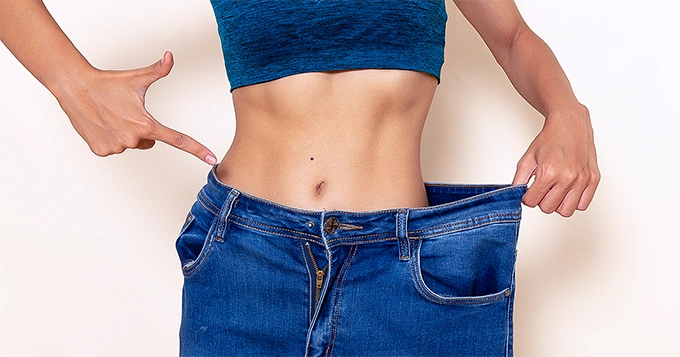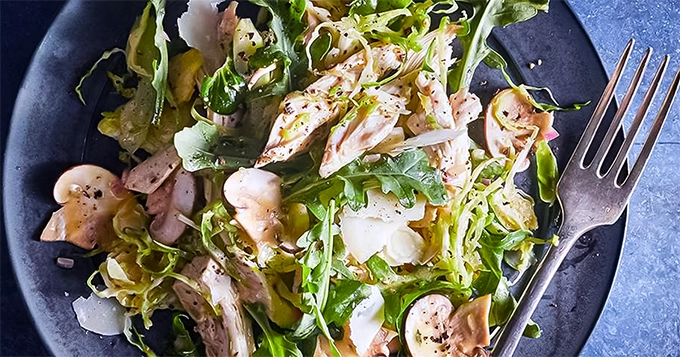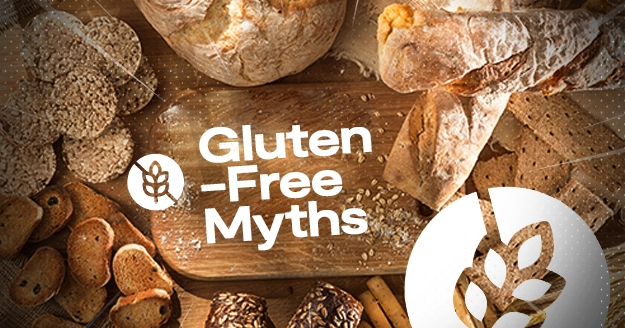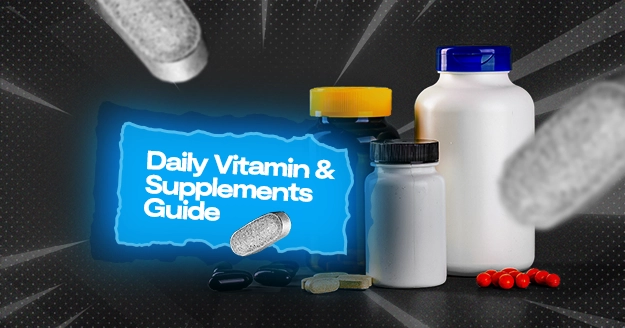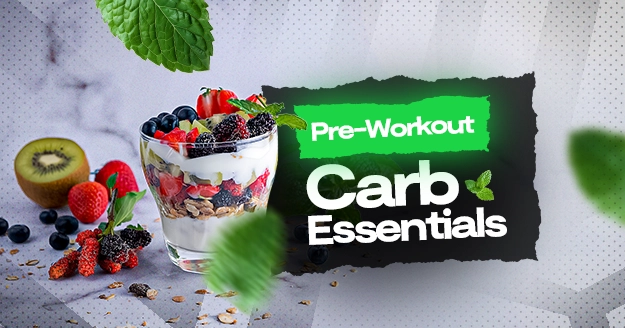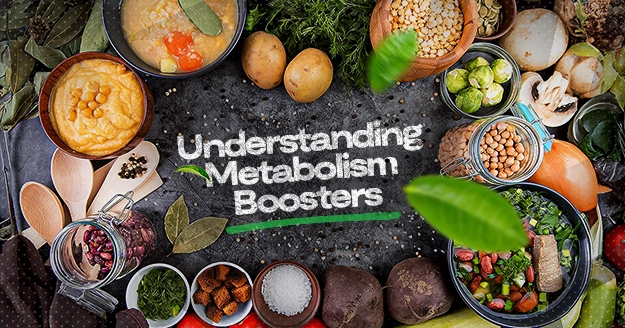Any foods that have gluten, a protein present in wheat and numerous other grains, are prohibited from a gluten-free diet. It entails consuming only naturally gluten-free foods including fruits, vegetables, meat, eggs, and non-processed grains like gluten-free bread or pasta.
Since the rise of gluten free diets, misinformation also rose. In this article, we’ll debunk popular gluten free myths and uncover some gluten free facts.
Gluten-Free Myths and Truths
Gluten free myth #1: Cutting gluten entails cutting out carbohydrates.
The truth about gluten free eating: Not every carbohydrate has gluten in it. Wheat, barley, rye, and closely related cereals like spelt and farro all contain the protein gluten. Numerous other grains, including quinoa, oats, and rice, are naturally gluten-free. Gluten is usually not in any carbohydrate-rich meals, including fruit, plain yogurt, and vegetables like potatoes and maize.
Myth #2: Everyone needs to stop eating gluten.
Truth: Only people with certain conditions need to cut gluten out of their diet completely. The majority of the population’s diet does not depend on the presence or absence of gluten. Whether a diet is gluten-free or not, the total dietary choices chosen within it are what matter.
Who should eat a gluten-free diet?
- People with celiac disease
Celiac disease is when the body attacks the small intestine as a result of an autoimmune reaction to gluten. This can cause stomach discomfort, nausea, bloating, or diarrhea. People with celiac disease must live their whole lives on a gluten-free diet since they are unable to tolerate any kind of gluten.
If you are experiencing the same symptoms whenever you eat foods with gluten, it’s recommended to see a doctor and ask for blood tests aiming to look for certain antibodies and an intestinal biopsy to check for damage.
- People with gluten sensitivity (GS)
The term “gluten sensitivity” has been used to characterize people who consume gluten and experience symptoms like those of celiac disease, but who lack the intestinal damage and antibodies associated with celiac disease.
Myth #3: Gluten-free products are healthier.
Truth: It’s fortunate that gluten-free food items are now widely accessible. However, just because something is tagged as “gluten free” doesn’t always imply it’s healthy and nourishing.
It’s occasionally employed as a marketing ploy, as it is when soda and corn chips are concerned. Since rice flour is frequently used to make gluten-free grain items such as bread, they have less fiber most of the time. Additionally, they might not be fortified with iron and folic acid like ordinary grain products are. If you don’t necessarily need them, you might want to save your money because these products can be more expensive.
Myth #4: A gluten-free diet is good for weight loss.
Truth: The presence or absence of gluten is unrelated to whether a diet encourages weight loss. A gluten-free diet may either be richer in fruits and vegetables, which may result in weight reduction, or it may rely primarily on processed, fat- and sugar-rich gluten-free foods, which may result in weight gain.
Myth #5: A few crumbs of bread can’t hurt.
Truth: While it’s true that not everyone should eliminate gluten in their diet, for people with celiac disease, a few crumbs of bread will DEFINITELY hurt. Even if there are no apparent symptoms, very little amounts of gluten can harm the intestinal cells of a person with celiac disease.
Even very little levels of gluten can cause problems for those who are sensitive to it. However, non-celiac gluten sensitivity is less understood than celiac disease, thus it is unclear if some GS sufferers would be able to tolerate very small levels of gluten. Unless otherwise stated, anybody who is following a “gluten-free” diet for health reasons should avoid even minute levels of gluten contact.
Should you try a gluten-free diet even if you don’t have celiac disease?
One truth about gluten free diet is that you run the danger of denying yourself nourishing whole grains, fiber, and minerals if you completely remove gluten from your diet. If you have diabetes or heart disease, it’s crucial to consume enough whole grains in your diet. Whole grains can help support in controlling blood sugar levels and decrease cholesterol. Some foods that contain gluten also include essential vitamins and minerals such B vitamins, iron, and magnesium.
Gluten free dinners you can try
Chicken Cutlets & Zucchini Noodles with Creamy Tomato Sauce
Ingredients:
- 1 pound chicken cutlets
- ¼ teaspoon salt, divided
- ¼ teaspoon ground pepper, divided
- 1 tablespoon extra-virgin olive oil
- ½ cup finely chopped red onion
- ½ cup dry white wine
- ½ cup heavy cream
- 1 medium plum tomato, chopped
- 2 (10 ounce) packages zucchini noodles
Procedure:
Step 1.
Add salt and pepper to chicken with a 1/8 teaspoon each. Set your stove on medium-high heat. In a large skillet, heat the oil. Add your chicken and cook it through. Flip it over once and cook again until browned. Transfer to a plate.
Step 2.
Add your onions to the pan. Cook for one minute while stirring. Add your wine and turn the heat up to high. Cook for approximately two minutes, scraping off any browned parts as you go, or until the liquid has mostly evaporated.
Step 3.
Lower the heat to medium and add the remaining 1/8 teaspoon of salt and pepper, the cream, and any residual chicken juices. Simmer for 2 minutes. Add tomatoes and stir before adding the chicken back to the pan. Turn to coat. On four plates, divide the chicken and sauce.
Step 4.
Put the pan over medium-high heat and add the zucchini noodles. Cook for 2 to 3 minutes while stirring until thoroughly cooked and softened. Serve with the chicken.
Chicken, Brussels Sprouts & Mushroom Salad
Ingredients:
- 6 tablespoons olive oil
- 3 tablespoons red-wine vinegar
- 1 ½ tablespoons minced shallot
- 1 tablespoon Dijon mustard
- 2 teaspoons chopped fresh thyme
- ½ teaspoon ground pepper
- 12 ounces shredded cooked chicken
- 4 cups shaved fresh cremini mushrooms
- 4 cups shaved Brussels sprouts
- 4 cups packed baby arugula
- 1 cup thinly diagonally sliced celery
- 1 cup shaved Parmesan cheese
Procedure:
In a large bowl, combine the oil, vinegar, shallot, mustard, thyme, and pepper. Toss in the chicken, arugula, celery, mushrooms, and Brussels sprouts. Add a sprinkle of Parmesan.
Conclusion
Some of the more jarring myths about gluten have been steering consumers away from wheat and toward stale substitutes.
Before learning more about whether going gluten-free is best for you, first, it’s important to know the truth and myths so you can manage your plan and expectations.
